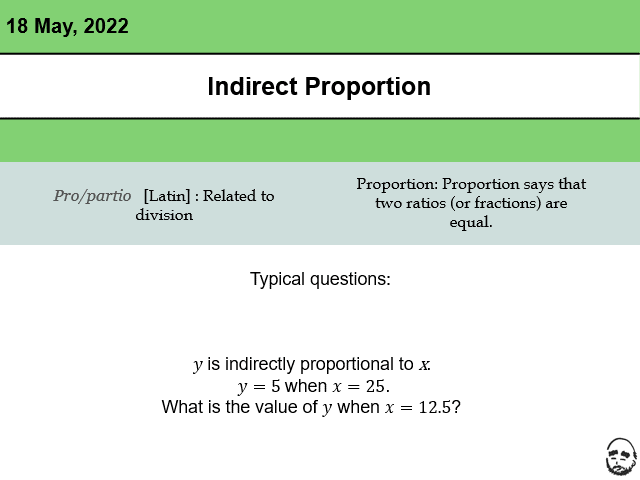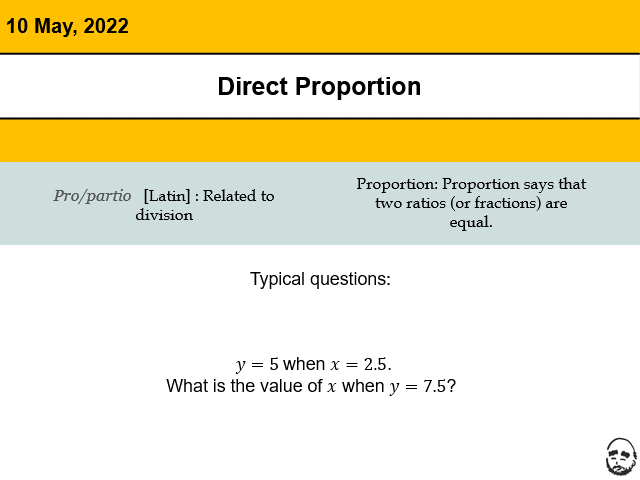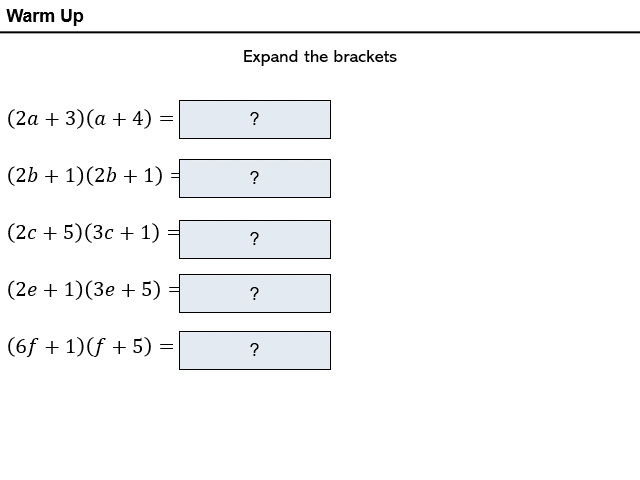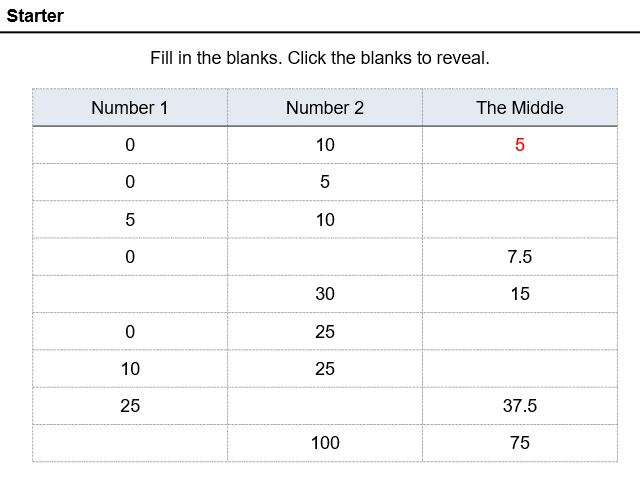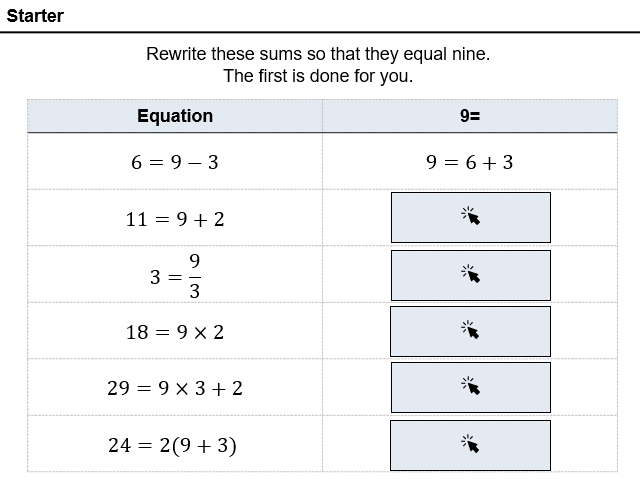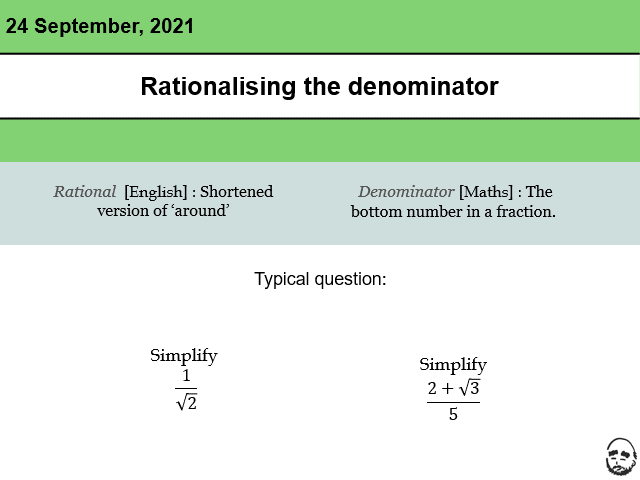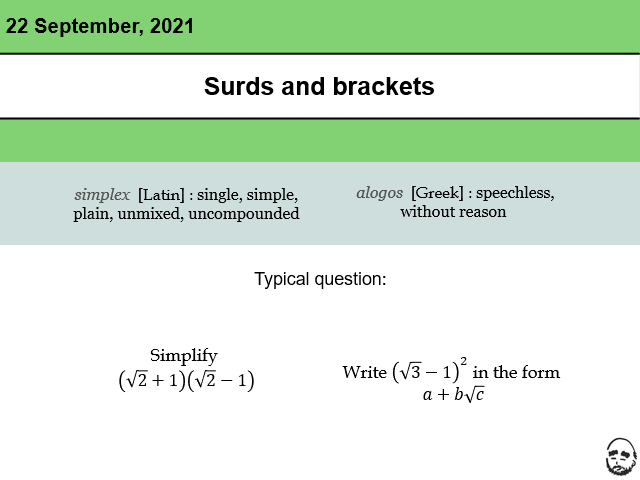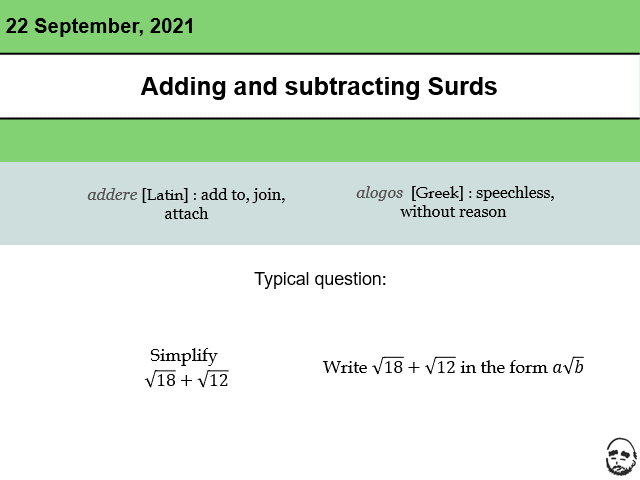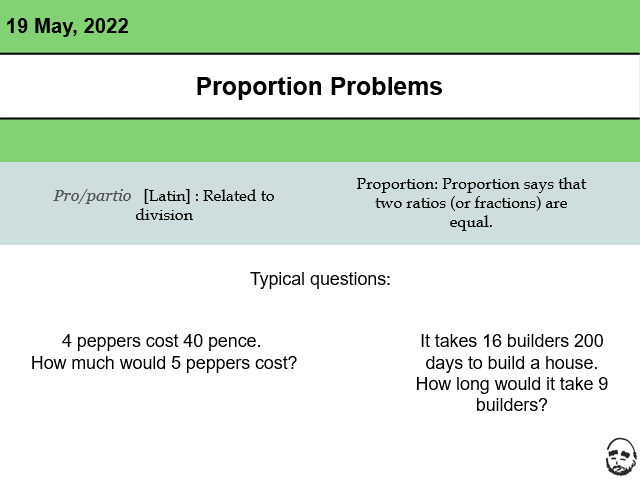
As promised, here is a proportion in context lesson.
Starts with just naming the type of proportion. I love the ‘buy-one-get-one-free’ example I came up with.
I tend to teach direct, then indirect, then finish with these in context problems.
I encourage solving both through algebraic methods and using something like MathsBot’s Ratio Boxes, which a really awesome. I used these as starters a few times.
Most of ratio is now ‘complete’ as a module. If you click the menu up top, you’ll see that there’s a reasonably comprehensive set of resources, which I’ve reviewed and updated.
As always, feedback and questions to my twitter @ticktockmaths.
And if you’ve got a topic request, send it my way. I’m using my gained time to update and make as many resources as possible.

